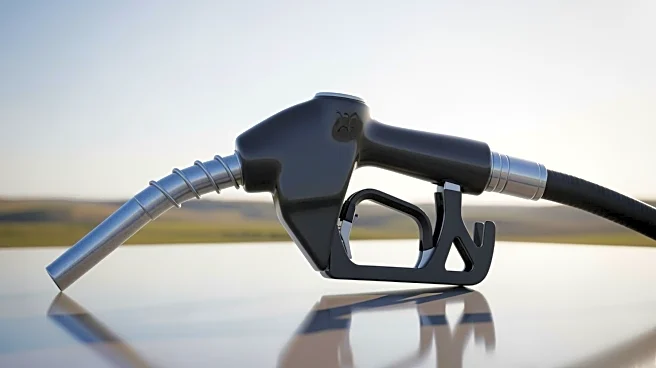What's Happening?
Ford Motor Company has reported its third-quarter earnings, surpassing Wall Street expectations. However, the company has revised its 2025 guidance downward due to a fire at a New York plant of its aluminum supplier, Novelis. This incident is expected
to disrupt the production of Ford's large trucks and SUVs, which are among its most profitable products. The financial impact of the fire is estimated to be between $1.5 billion and $2 billion. Despite this setback, Ford plans to mitigate the losses by increasing the manufacturing of the affected vehicles as supplies become more available. The company has announced plans to add 1,000 workers to its plants in Michigan and Kentucky to boost production. Ford's stock initially fell but later rose by approximately 4%, closing at $12.34 per share.
Why It's Important?
The fire at the Novelis plant poses a significant challenge for Ford, as it affects the production of its high-margin vehicles. The disruption could impact Ford's market share and profitability if not managed effectively. The company's decision to increase production and workforce in the U.S. reflects its strategy to recover from the supply chain disruption and maintain its competitive edge. This situation highlights the vulnerabilities in automotive supply chains and the potential financial repercussions of such disruptions. Stakeholders, including investors and employees, are closely monitoring Ford's response to ensure the company can sustain its growth trajectory and meet its financial targets.
What's Next?
Ford aims to recoup about half of the 100,000 units expected to be lost this year due to the fire by ramping up production next year. The company is working closely with Novelis and other suppliers to source aluminum and restore full production capabilities. Ford's CEO, Jim Farley, has expressed confidence in minimizing the impact in 2025 and recovering production levels by 2026. The automotive industry will be watching Ford's recovery efforts, as they could set a precedent for handling similar supply chain disruptions in the future.














